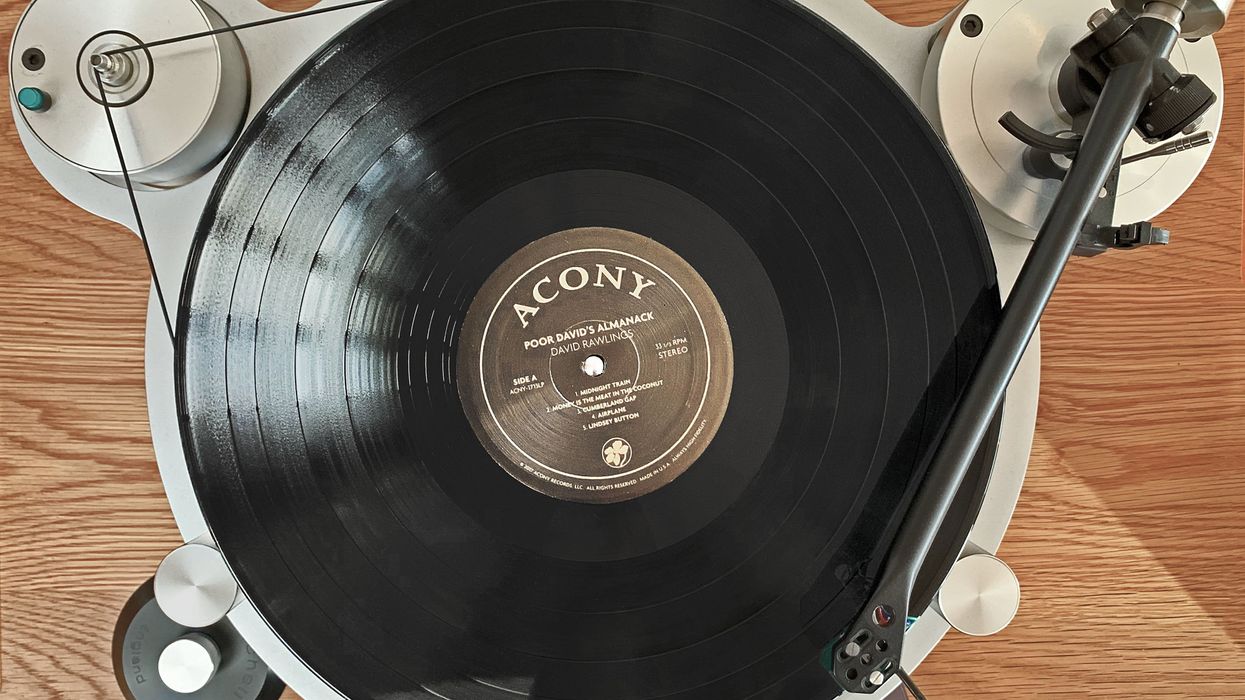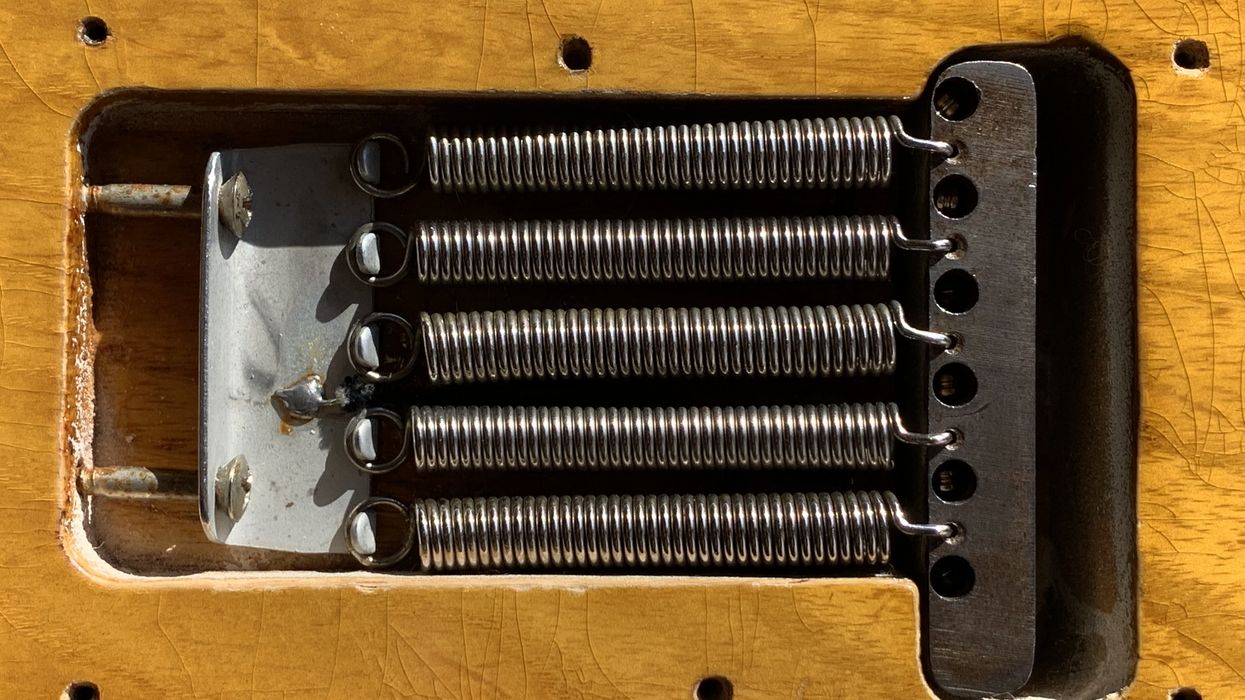Dave was minding his own business, waiting for the traffic light to turn green, when the driver in the next lane got a little crazy. It was a lovely day—the kind of bright Saturday when you might want to roll the windows down and just go for a drive. The guy was waving his hands and motioning to make eye contact. He clearly thought that a busy intersection was a good place to have a conversation with a total stranger. Because Dave is a very friendly and outgoing guy, he played along and engaged. His new friend only wanted to know one thing: “Is it real?” This wasn’t the first time someone had asked the question. It came with the territory when you were in public with a genuine early-1960s Shelby Cobra.
Despite racing success and an outsized reputation, the Cobra enterprise wasn’t a slam-dunk, and there were quite a few points where the whole thing could have gone south before it actually did. In the end, the Cobra only lasted a handful of years. Most sports-car fans know that there are a myriad of small builders who make replicas of the legendary Shelby creation—that’s usually what you see on the road today—but very few examples of the original cars, now worth millions of dollars, are routinely out on the town. So, it’s understandable that when fans spot what appears to be the real deal, they might want to confirm their suspicions. Not everyone cares, but if you are a member of the tribe of motorsports, it’s pretty exciting.
The same sort of queries get tossed out in the guitar world, which readers of this column know is a parallel I like to point out. The most obvious example is probably the 1958-1960 Les Paul Standard “Sunburst.” Similar to the Cobra, the ’burst was made for only a few years, and is recognized as the best of the breed. Another similarity is that both icons became desirable not just because of their incredible performance, but by the legendary owners who wielded them while attaining their own fame.
It might be a stretch, but I happen to think that the car and the guitar are also similar in other ways. Both are known for their power and appearance, and the fact that they’re not for everybody. But the allure remains so much so that Ford (who provided the motors for the Cobra) and Gibson continue to trade on the name and reputation created by a small number of originals made long ago. It has to be said that Gibson does a much better job of recreating the experience than Ford, though.
Both icons became desirable not just because of their incredible performance, but by the legendary owners who wielded them while attaining their own fame.
Of course, there are hundreds of examples of the same kind of thinking in the musical instrument industry. My own roots in the “modern vintage” angle stemmed from attempting to fill a void in the marketplace when the big factories abandoned production of their golden-age instruments. Since that time, musicians have rediscovered the sound, feel, and romance of gear from decades past. What might have been seen as business suicide back then, has proven to be a workable model today—and not limited to the guitar industry either.
The idea of paying homage to the glorious roots of guitar-based music by emulating the looks and the sounds of the past, while employing modern advances in manufacturing, is everywhere. From the obvious reissues of amps, guitars, and effects, the same playbook is being applied to digital simulations of speakers, microphones, and outboard recording gear. If you don’t want to throw down for the real thing, buy a simulation!
For certain, there have always been products that ignore nostalgia and attempt to push boundaries. Stages, studios, and bedrooms are chock full of merchandise that may or may not live on for future consideration. Some fade into obscurity while others become entrenched in the new vocabulary of music making. It’s hard to know which ones will persevere to take their place alongside the icons we love. But like the story of Dave’s Shelby Cobra, I’ll bet a lot of it depends upon superior performance, with a big dose of artist association. Shelby’s reputation is certainly bigger than the actual enterprise, which ironically has added to the lore. They say the cream rises to the top, but a lot of luck doesn’t hurt.



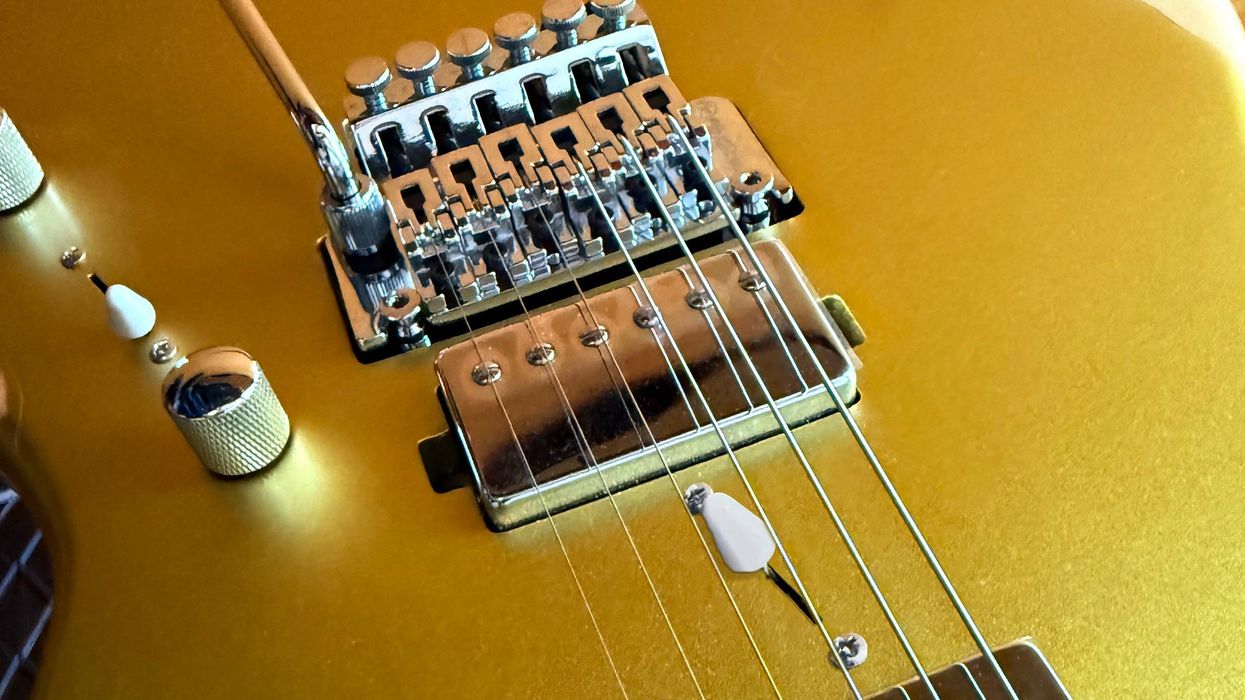
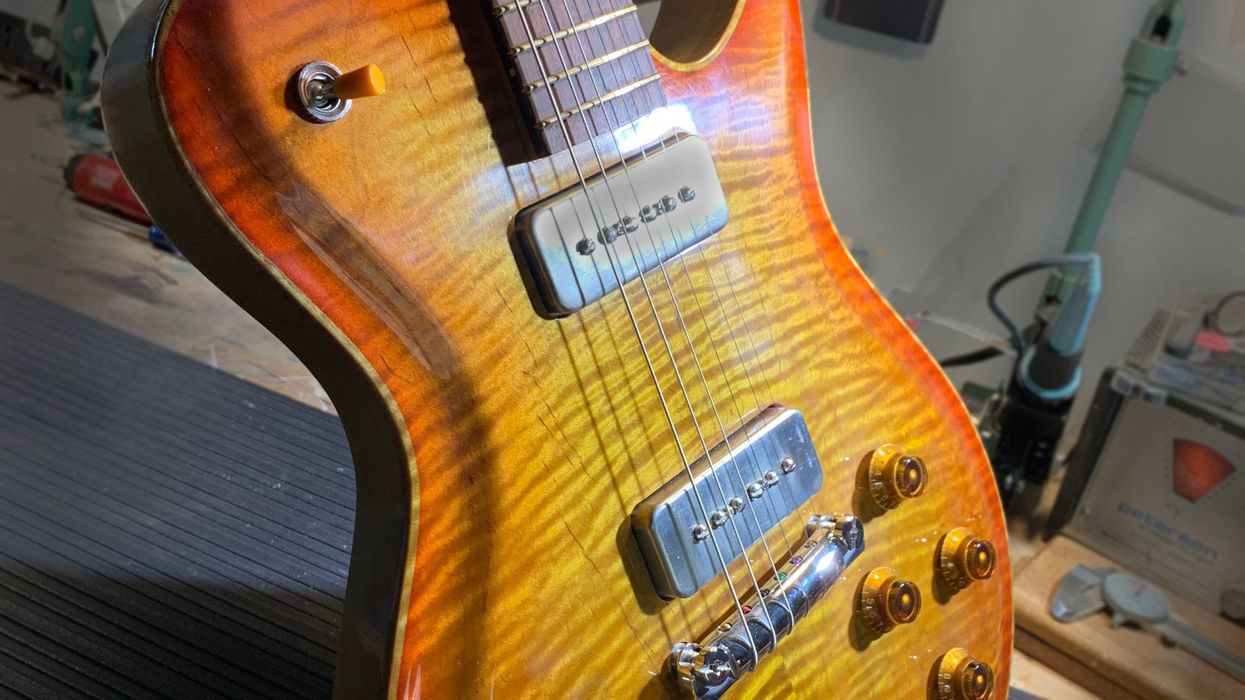
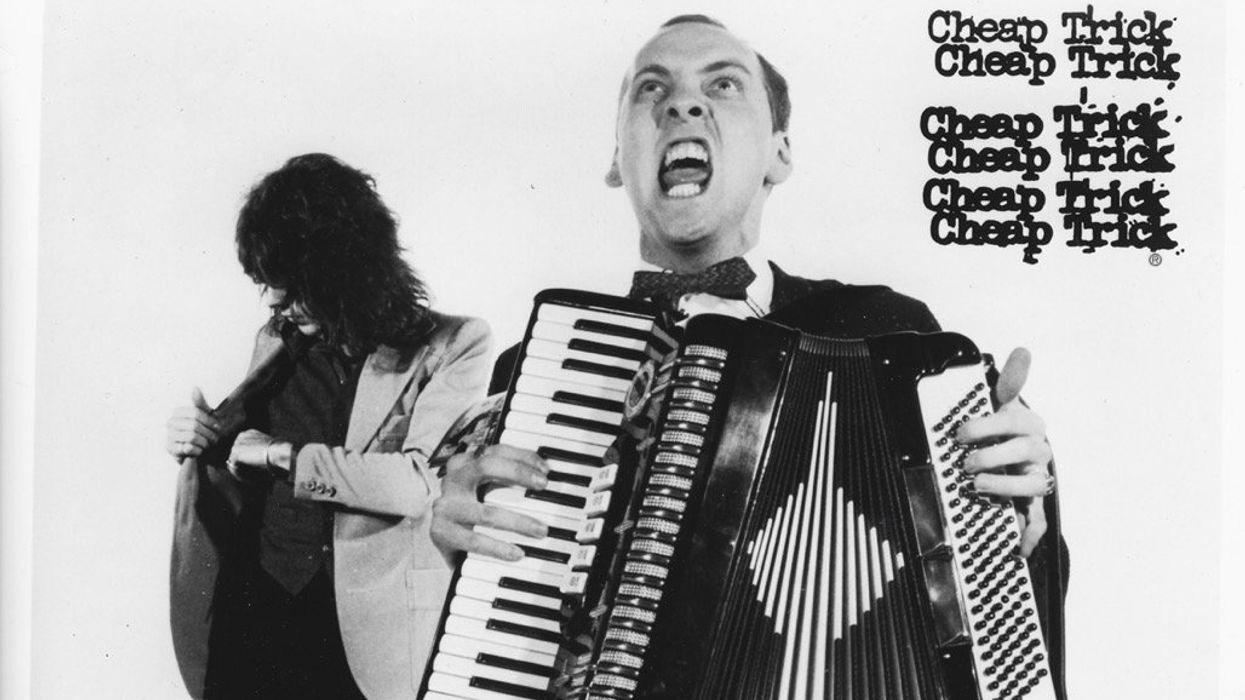
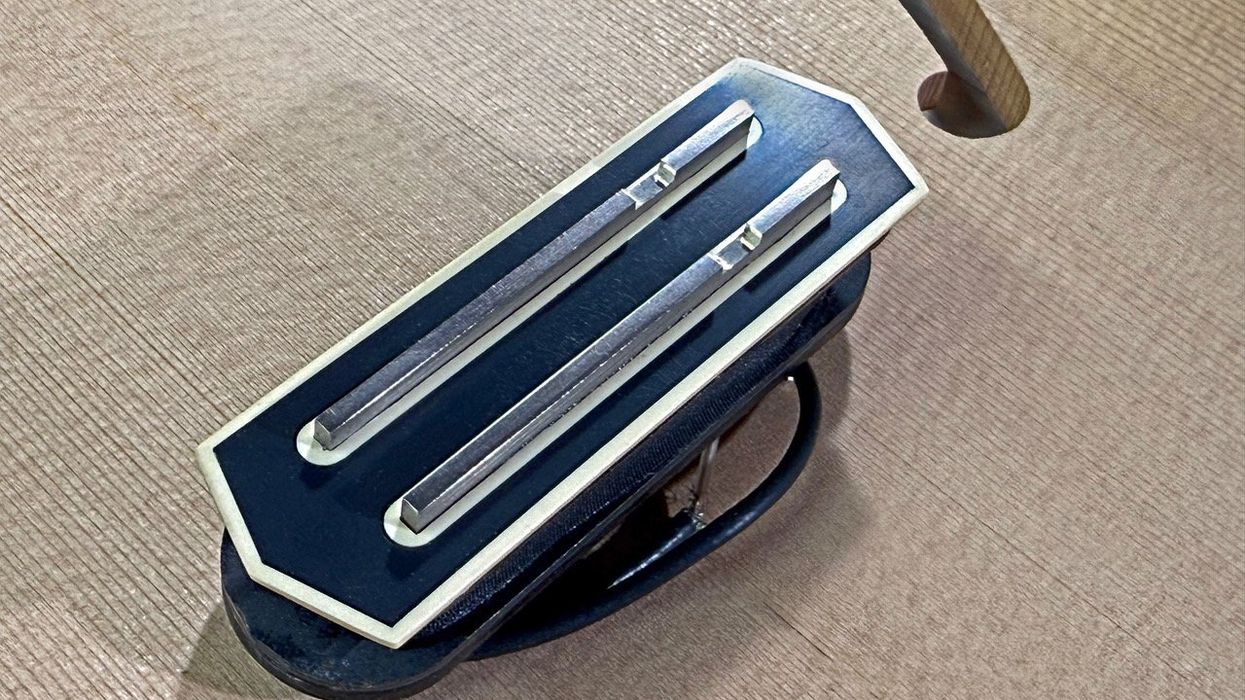



![Rig Rundown: AFI [2025]](https://www.premierguitar.com/media-library/youtube.jpg?id=62064741&width=1245&height=700&quality=70&coordinates=0%2C0%2C0%2C0)



